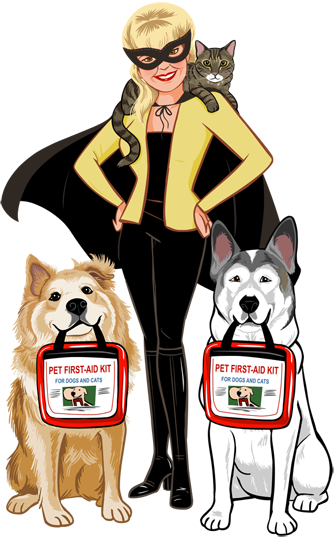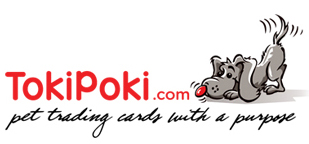
A whopping 97% of people in the US say their pets are part of the family, with around half considering them to be as important to their family units as human members—as per a Pew Research Center survey. This means that many families are taking their pets on holidays, seeking top-quality health care for them, and of course, seeking to source the best food for their four-pawed friends. If you have a dog and you are keen to feed them a healthy diet with quality ingredients, you may find yourself drawn to brands touting their products as “natural.” It is important, however, to read between the lines and conduct research to ensure that one isn’t falling prey to clever marketing ploys.
What Exactly Does “Natural” Mean?
The term “natural,” just like the terms “premium” or “super premium,” does not actually guarantee safety or superior quality. The Association of American Feed Control Officials defines natural as “a feed or feed ingredient derived solely from plant, animal or mined sources, either in its unprocessed state or having been subject to physical processing, heat processing, rendering, purification, extraction, hydrolysis, enzymolysis or fermentation.” The association also insists that this food should not have been produced by or subjected to a chemically synthetic process. Finally, it should not contain any additives or processing aids that are chemically synthetic except in amounts as might occur in good manufacturing practices. In the majority of states that have adopted the AAFCO Model Bill and Model Regulations, pet food guarantors or labelers must ensure their food complies with this definition to use the word “natural.” The U.S. Food and Drug Administration (FDA), meanwhile, has failed to provide a definition for the word “natural” in pet food labeling. It simply relies on the federal requirement stating that labels should not be misleading or false.
Non-Natural Ingredients
The AAFCO deesm ingredients that are chemically synthesized as non-natural. This institution recommends that in order to be “100% natural,” every single ingredient in the food must comply with the definition of natural. Products with synthesized ingredients that can still comply with the definition include those with synthetic ingredients whose use is limited to synthetic vitamins, minerals and trace nutrients. In these cases, the label should indicate that the food is natural “with added vitamins, minerals, and trace nutrients.”
Reading the Ingredients List
If you are interested in purchasing natural, quality food for your dog, understanding dog food ingredients is vital. Look out for ingredients like artificial flavors, colors, and preservatives (e.g., BHA, BHT), which indicate that food is not, in fact, “natural.” Aim to prioritize food with high-quality proteins that are free of harmful fillers like corn, soy, and wheat. These foods have scarce nutritional value for dogs and may trigger allergies or digestive issues. Avoid farmed salmon as well, as this ingredient can contain heavy metals such as mercury, which can harm your dog’s health. Prioritize products with named meat sources such as chicken or beef as the main ingredient, as well as foods made with high-quality fats such as flaxseed or coconut oil. It can also pay to select foods that have a high (85%-90%) of animal ingredients, including wild-caught fish, nest-laid eggs, and free-range poultry, and low levels of grains and fillers. Dogs can obtain healthy carbohydrates from foods with low-glycemic fruits and vegetables such as pumpkin, broccoli, and carrots.
Brands that Go the Extra Mile
Just a few brands known to offer top-quality food are Orijen, The Farmer’s Dog, Ollie, The Honest Kitchen, Open Farm, and Viva Raw. These foods offer a variety of key features. Many utilize organic, non-GMO ingredients, transparent and sustainable ingredients from humane farms, or even raw, grain-free formulae. Brands like Orijen, meanwhile, use fresh, regional ingredients and stick to ingredient ratios that mimic the natural diet of dogs. They also rely on high-quality animal proteins, do not contain fillers, and often provide fresh, human-grade ingredients.
To ensure your pup has a long and happy life, aim to read nutritional labels well so you know which ingredients to avoid. Prioritize foods with quality proteins, carbohydrates, and healthy fats. Read online reviews to discover brands that put your pup’s health first, with fresh, truly natural, quality ingredients that align with dogs’ nutritional needs.








